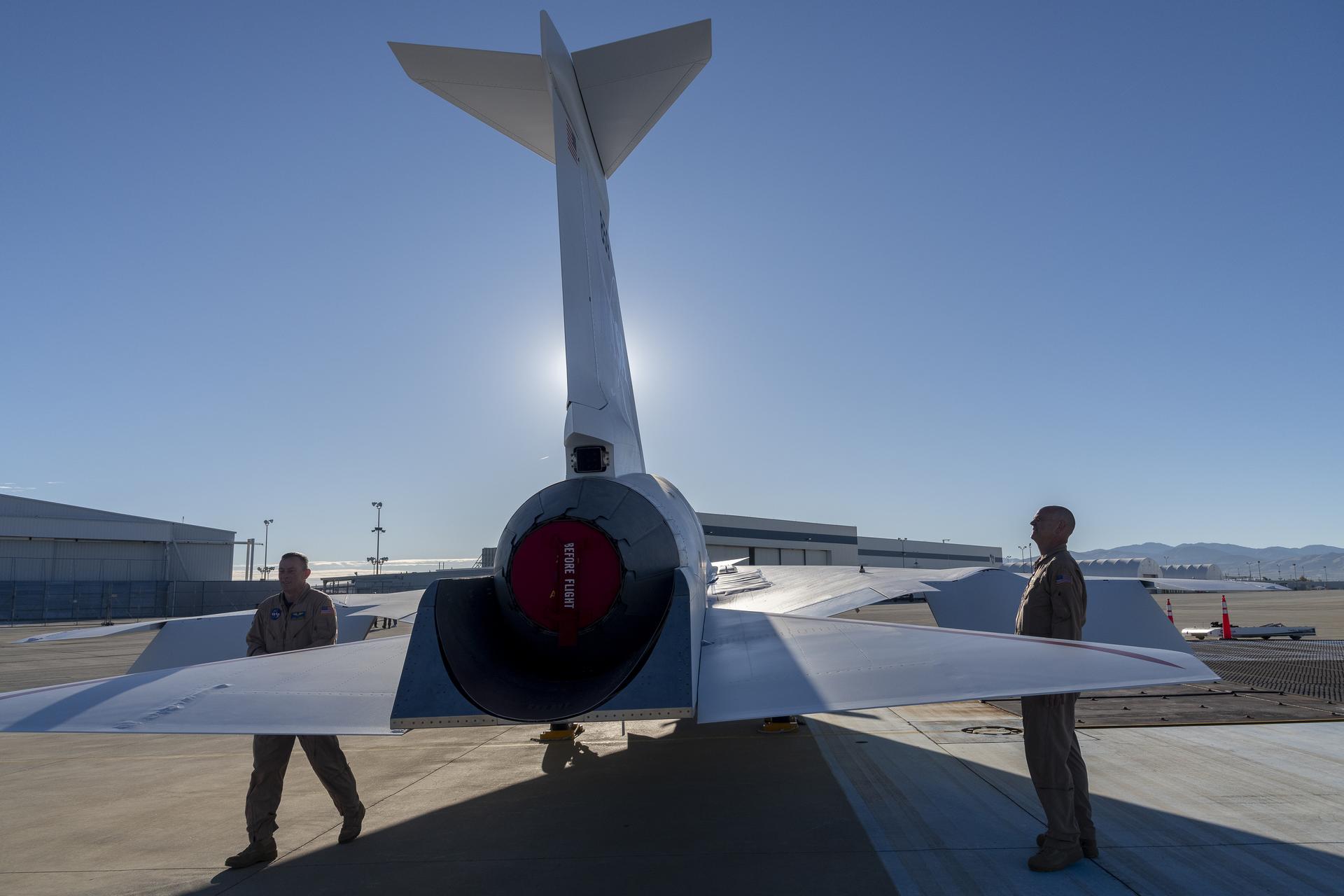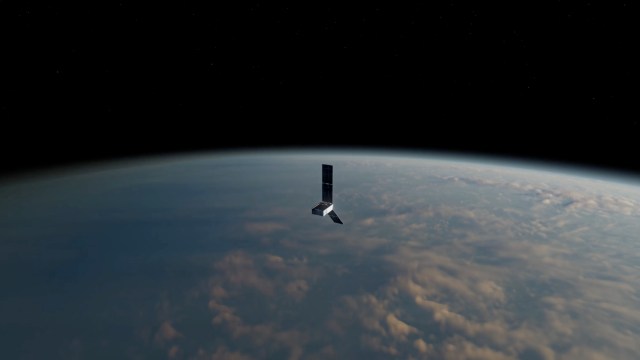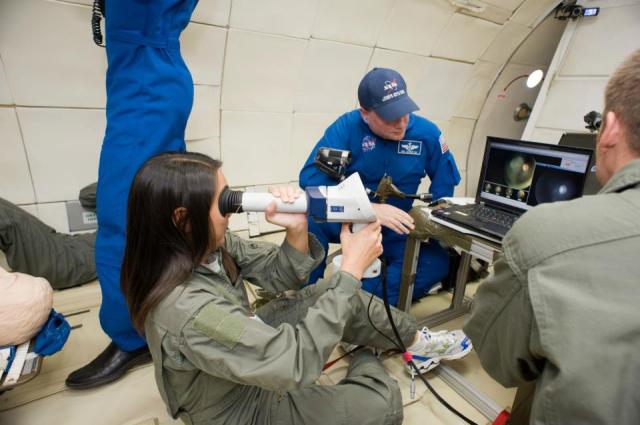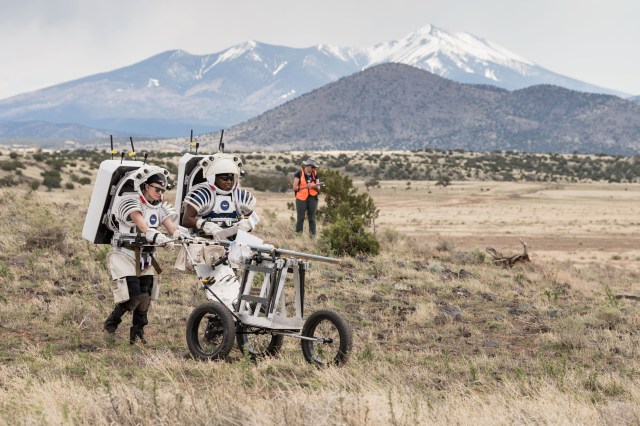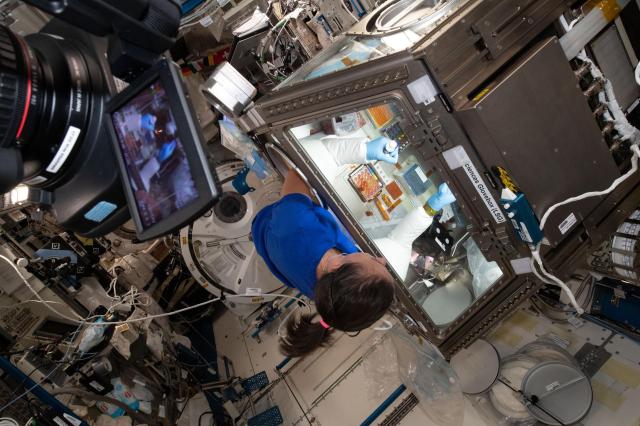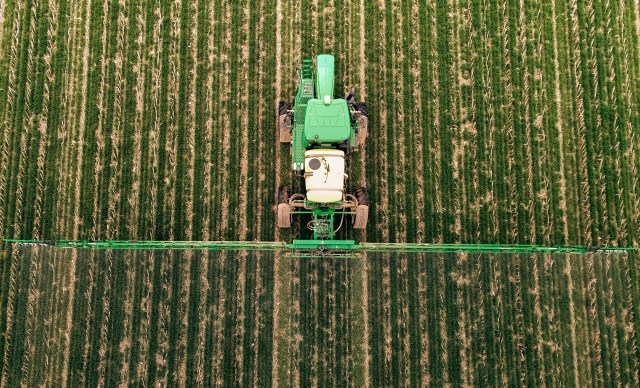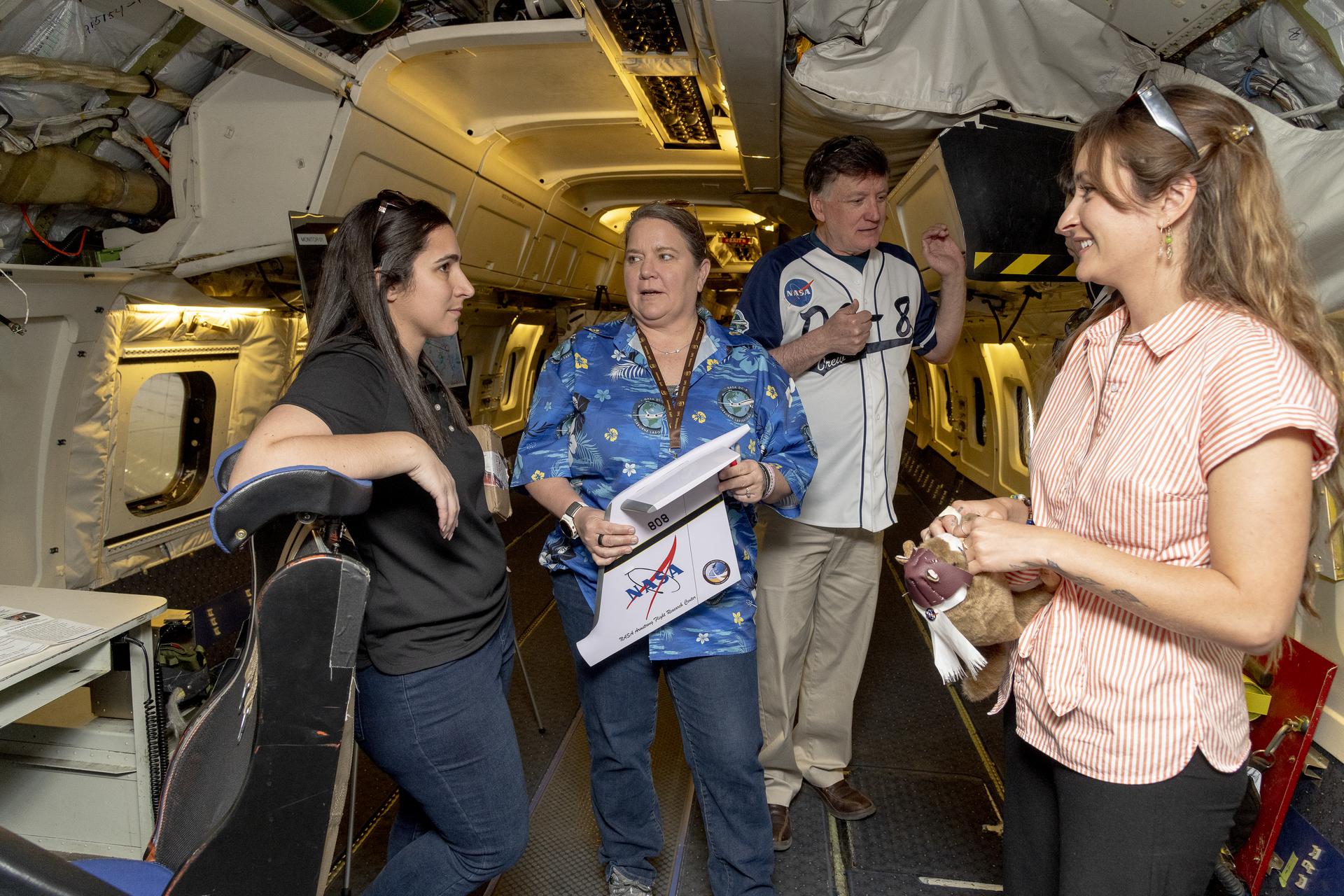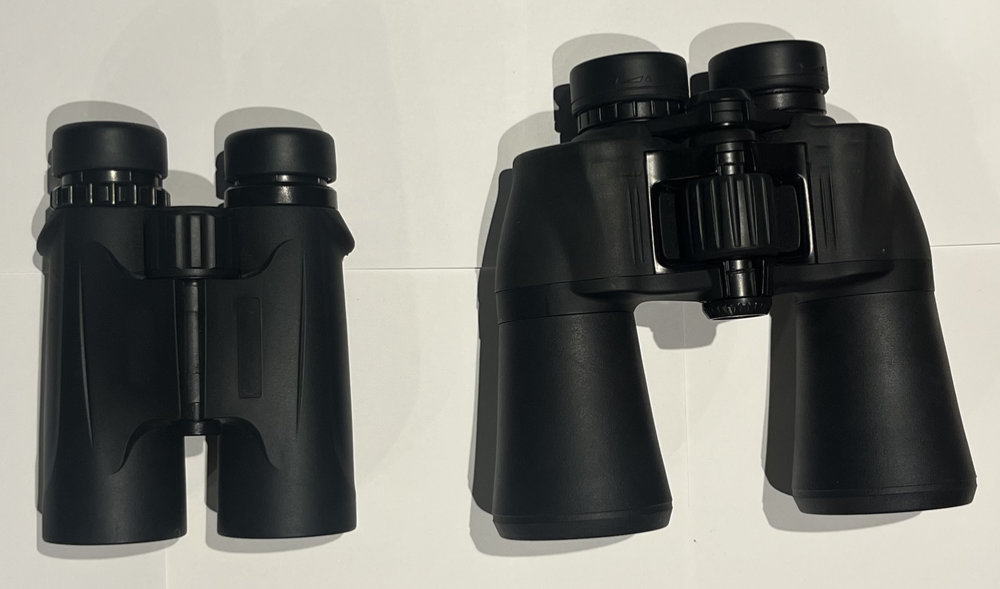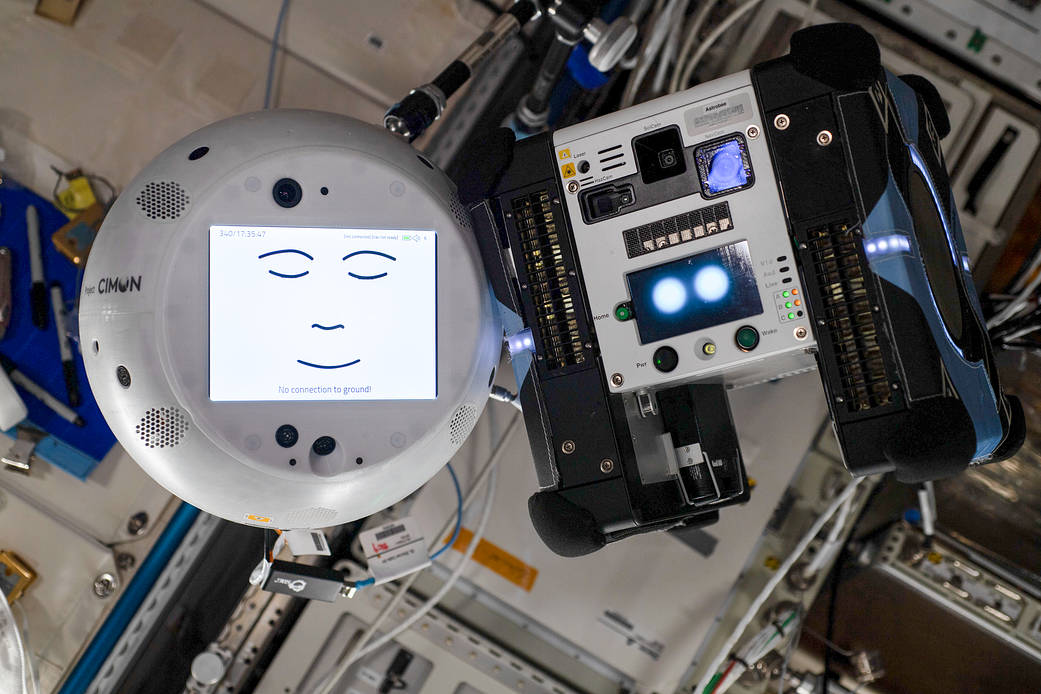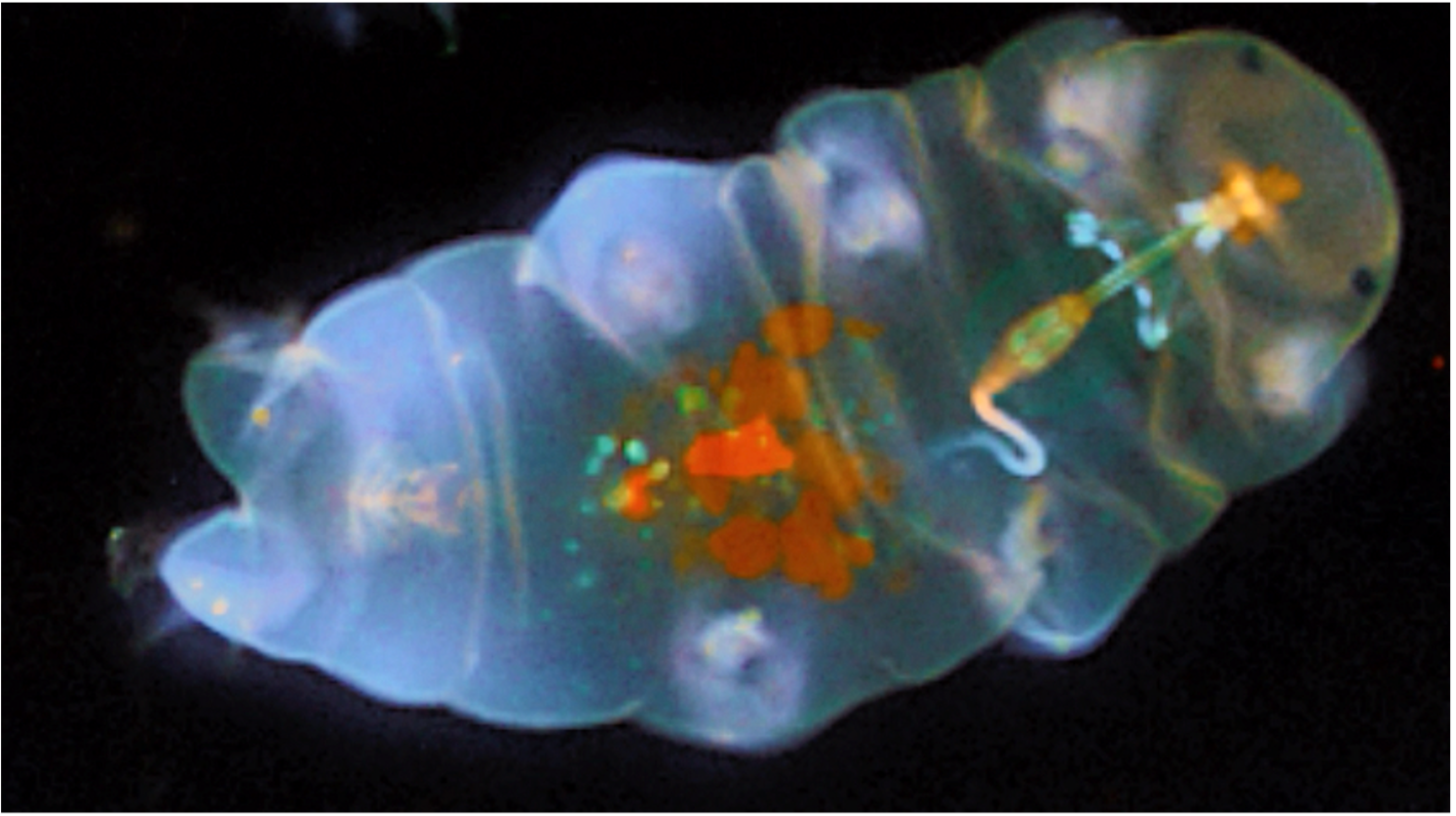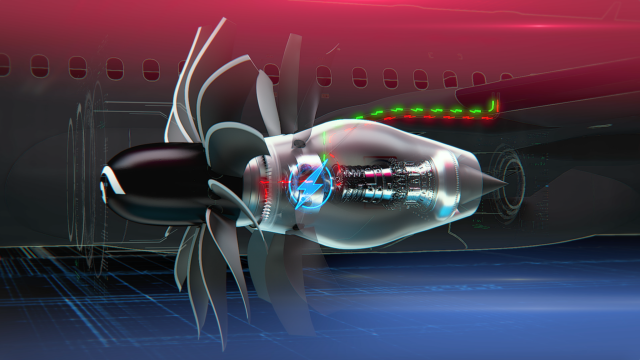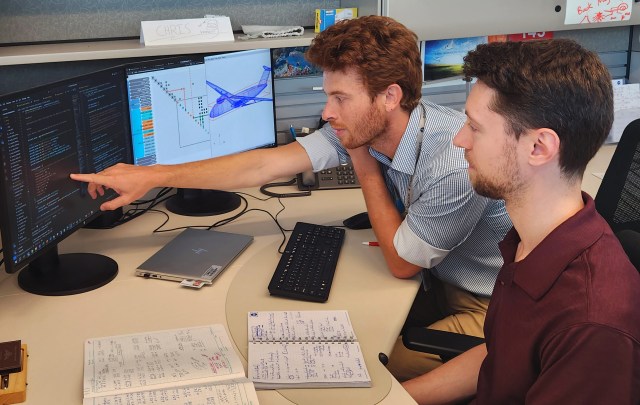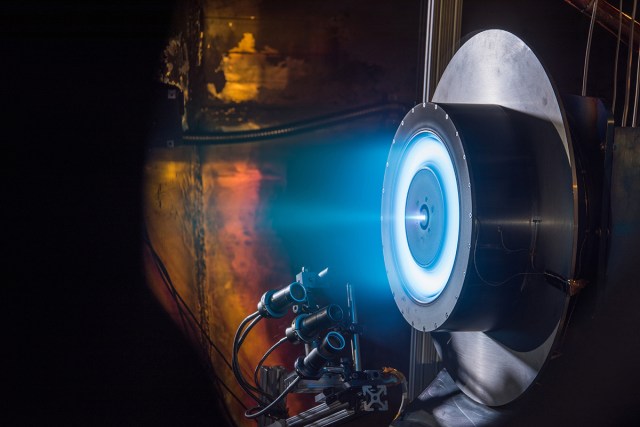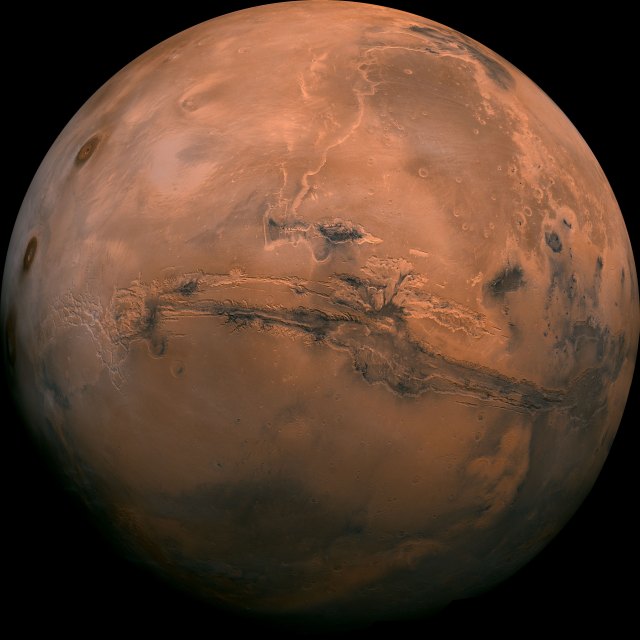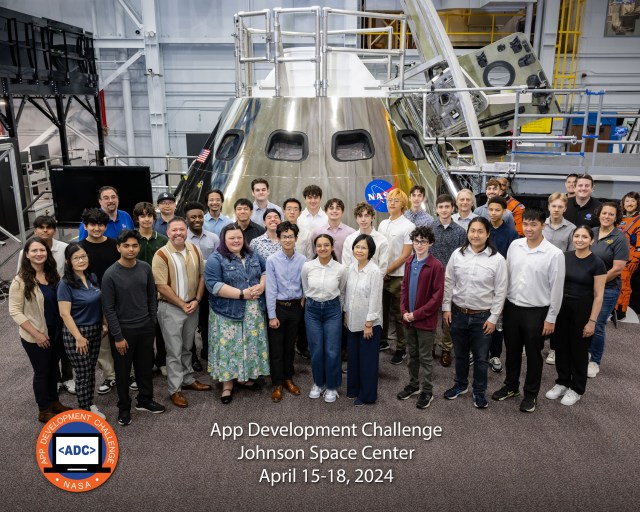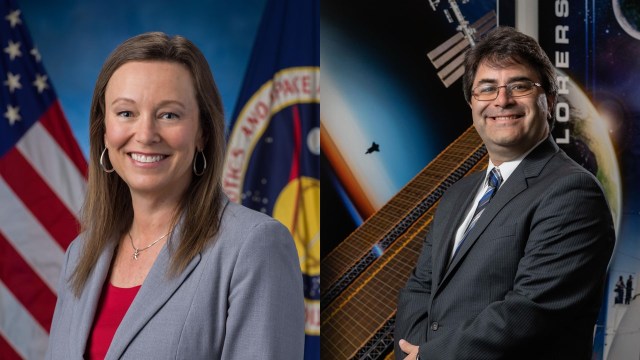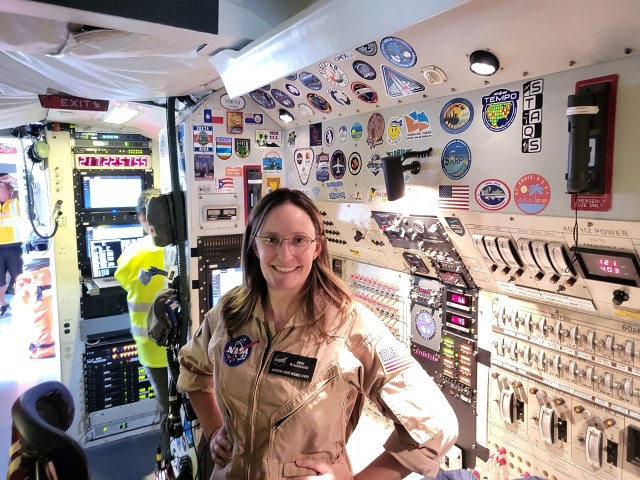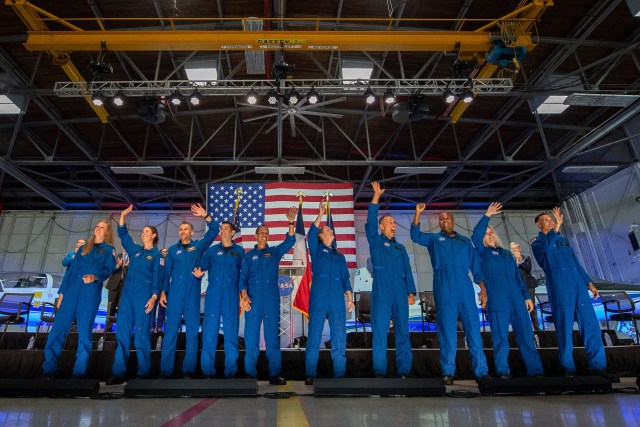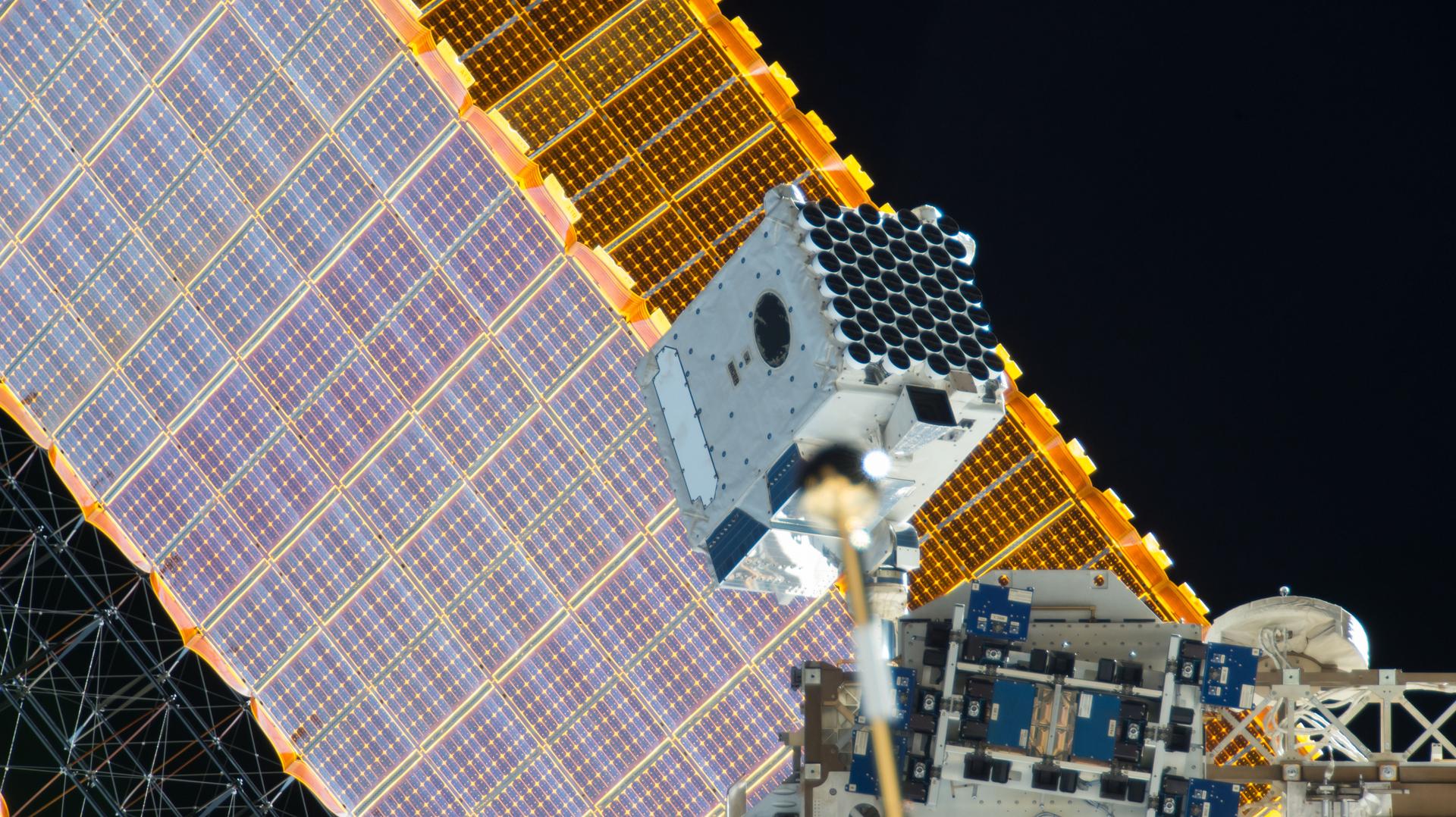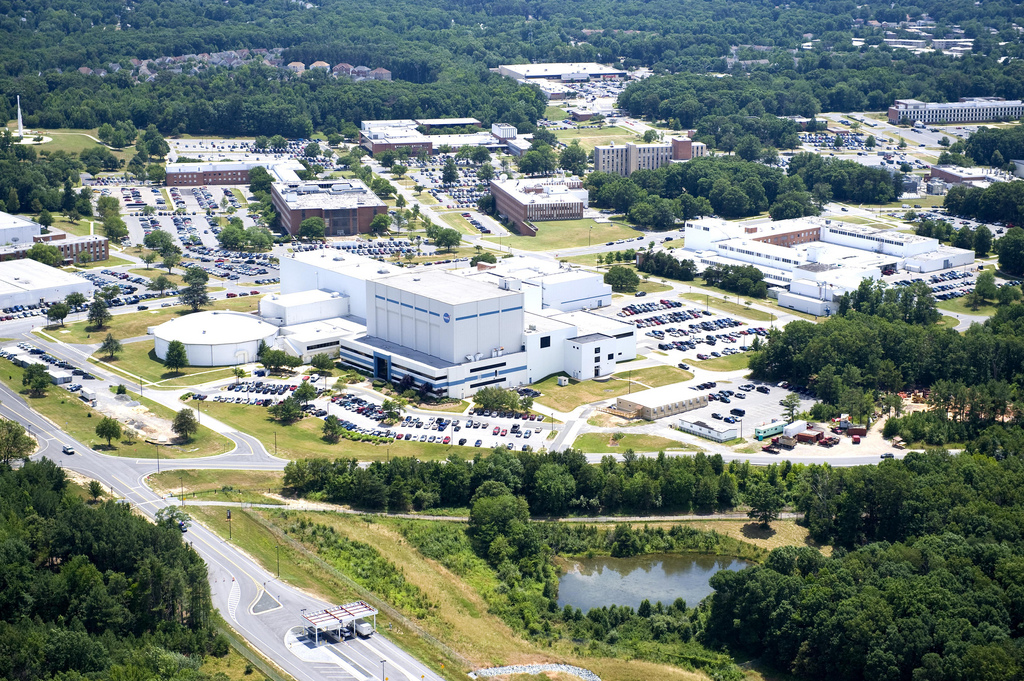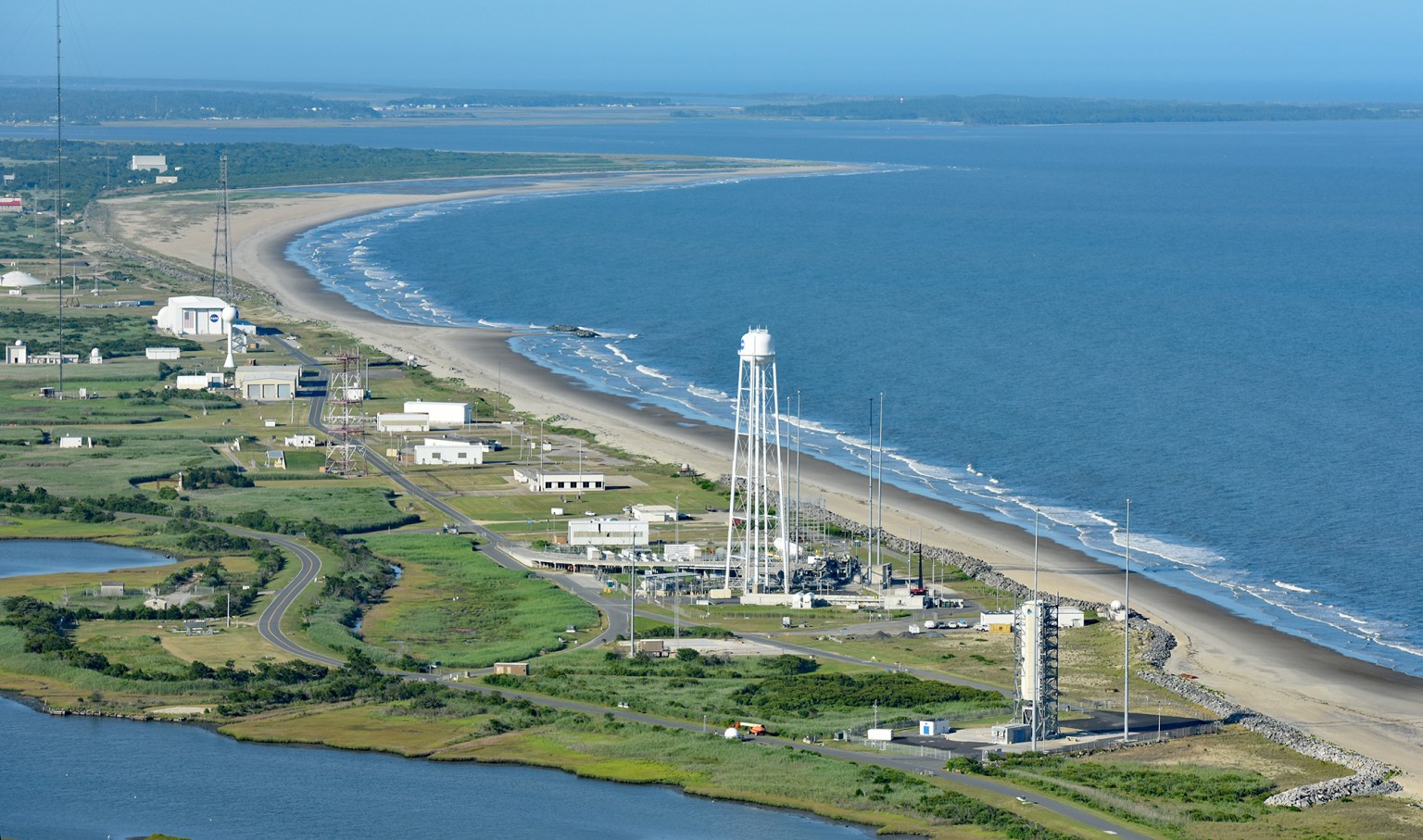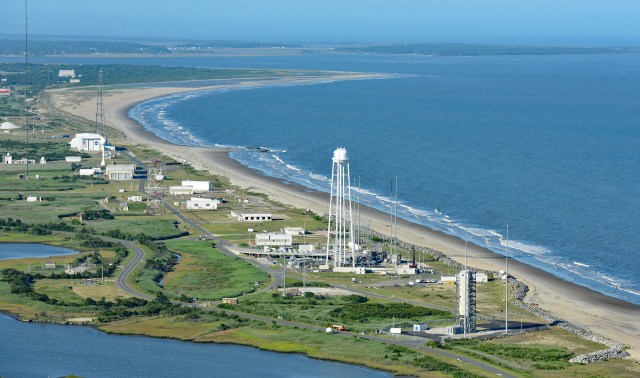

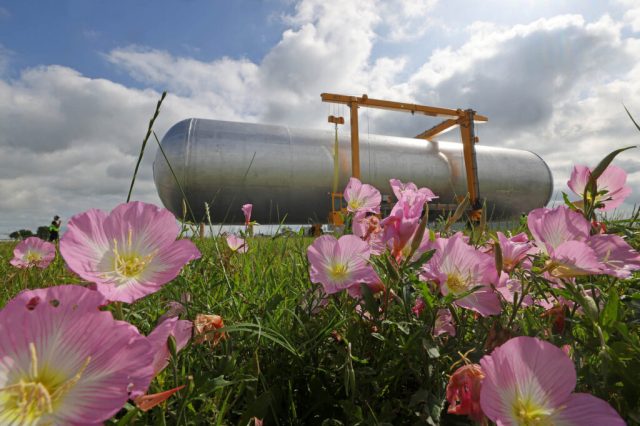
Environmental Management System
At NASA’s Goddard Space Flight Center, the same creeks and bays beside which we work during the day, serve as our fishing and recreation outlets after work. Each and every person can have a positive or negative impact on these sensitive environments. Our Environmental Management System helps us to consider and manage the impacts that our operations have on the environment.
Goddard’s Environmental Management System
Goddard’s environmental policy GPD 8500.1 is to consider environmental factors in the planning, decision-making, and performance of all Center activities. The Environmental Management System (EMS) enables us to reduce risk to Goddard’s mission and reduce potential environmental impacts.
Sustainability at Goddard
Goddard is committed to operating its mission without compromising our planet’s resources so that future generations can meet their needs. The Goddard sustainability program consists of numerous goals ranging from greenhouse gas emissions reductions to purchasing products with lower life-cycle impacts on the environment. To achieve more sustainable operations, Goddard has implemented energy and water conservation measures, improved recycling and waste minimization, and is constructing more efficient facilities. Click this link for more information on LEED certified sustainable buildings at Goddard.
Many of Goddard’s sustainability goals are addressed through facilities management, acquisition policies, and operations programs. However, some, such as recycling, can only be addressed through collective action by all Goddard employees and contractors. From conserving energy, water, and paper to recycling and properly handling hazardous waste, everyone has a role in protecting the environment, conserving natural resources, and sustaining Goddard’s mission. Some of the actions you can take include:
- Turn off lights and equipment when not in use.
- Reduce, reuse, recycle, and purchase supplies made with recycled materials.
- Recirculate office supplies via the Freecycle@NASA website (internal) or send unneeded supplies to the Excess warehouse for redistribution.
- Report leaks and other facilities problems promptly to the Facilities Help Desk at 6-5555 or submit a repair ticket online through MOSI (internal).
- Do not purchase greater quantities of a chemical than you need or can reasonably use.
For more information on Goddard’s sustainability program, visit the Sustainability Management page.
What is an Environmental Management System?
An Environmental Management System (EMS) is a management structure that addresses the immediate and long-term impact of activities on the environment. It helps to anticipate and meet growing environmental performance and regulatory expectations and ensure ongoing compliance. It provides a framework for managing an array of elements.
What is an Environmental Policy?
The environmental policy is a robust, clear environmental statement endorsed by senior management. The policy is the guiding environmental principle for each individual. The policy includes commitment to applicable laws, continuous improvement, prevention of pollution, and sustainable practices.
Click here to view the Environmental Policy
What is my role in EMS?
The following EMS training discusses general environmental awareness, roles and responsibilities, and alignment of program areas to mission criticality.
If you have access to SATERN, please click here to take the EMS training and quiz. (internal).
For non-SATERN users, please use the links below.
Click here to view the Wallops EMS Training if you do not have access to SATERN.
Click here for the PowerPoint version of the Wallops EMS quiz.
Click here to view the Greenbelt EMS Training if you do not have access to SATERN.
What are the current high priorities?
MEMD, Environmental Program Managers and the Project Team (comprised of members from all directorates) identify and prioritize the impacts that Goddard has on the environment. Each fiscal year, the past performance of the EMS and forecasted activities and missions are considered while selecting the High Priority Environmental Aspects.
The current high priorities for Greenbelt are as follows:
- Sustainability
- Water Quality
- Site Restoration
The current high priorities for Wallops are:
- Water Quality
- Natural and Cultural Resources
- Site Restoration
- Tank Management
- Sustainability
- Environmental Planning
Contact Us
To contact us with your ideas, comments, or questions, please email TJ Meyer or Ken Yargus.


